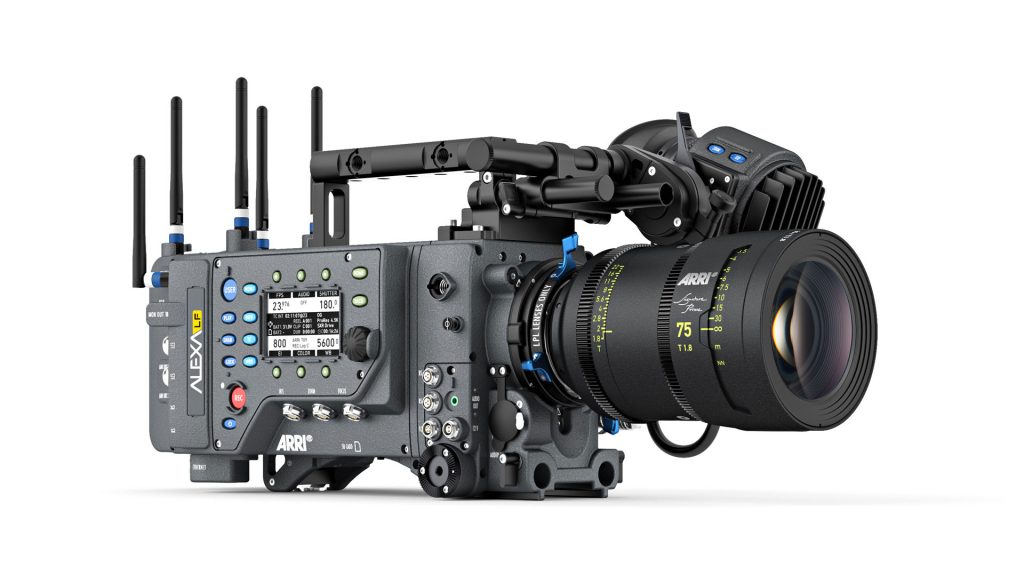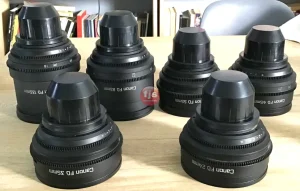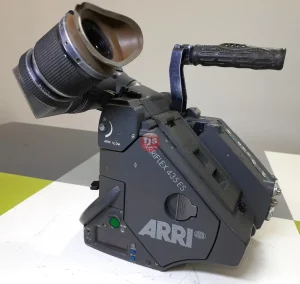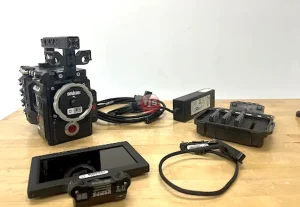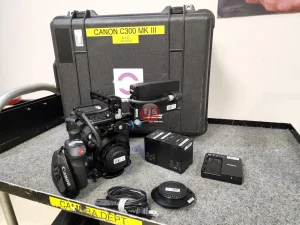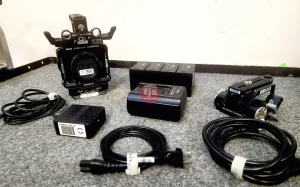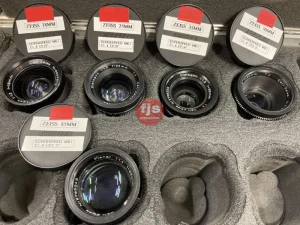Cameras typically have an enclosed chamber, with an opening or aperture at one end for light to enter, and a recording or viewing surface at the other end.
Most cameras have a lens positioned in front of the camera’s opening to gather light and to focus the image, or part of the image, on the recording surface. The diameter of the aperture is often controlled by a diaphragm mechanism, but some cameras have a fixed-size aperture.
Aperture size and scene brightness dictate the amount of light that enters the camera during exposure, with shutter speed controlling the length of time that light hits the recording surface. In lower light situations, for example, shutter speed should be slower (longer time spent open) to allow film to capture what little light is present.
There are various methods for focusing a camera accurately. The simplest cameras have fixed focus and use a small aperture and wide-angle lens to ensure that everything within a certain range of distance from the lens (usually around 3 metres or 10 feet) is in reasonable focus.
This is the kind of camera often found on one-use cameras and other budget options. The camera may have a limited focusing range or scale-focus, which is indicated on the camera body. The user will guess or calculate the distance to the subject and adjust the focus accordingly. On some cameras, this is indicated by symbols (head-and-shoulders; two people standing upright; one tree; mountains).
Rangefinder cameras focus by means of a coupled parallax unit on top of the camera. Single-lens reflex cameras allow the photographer to determine the focus and composition visually using the objective lens and a moving mirror to project the image onto a ground glass or plastic micro-prism screen.
Twin-lens reflex cameras use an objective lens and a focusing lens unit (usually identical to the objective lens) in a parallel body for composition and focusing. View cameras use a ground glass screen which is removed and replaced by either a photographic plate or a reusable holder containing sheet film before exposure.
Cameras capture light onto photographic film or photographic plate. Video and digital cameras use electronics, usually a charge coupled device (CCD) or sometimes a CMOS sensor, to capture images which can be transferred or stored in tape or computer memory inside the camera for later playback or processing.
Movie cameras, also known as cin cameras in Europe, capture many images in sequence. Still cameras, which are designed for single images, overlap with movie cameras, as they are often used to capture moving images in special effects work. Modern digital cameras can switch between still and motion recording modes. Video cameras store images onto magnetic tape using analogue or digital technology.
Stereo cameras can take photographs that appear to be three-dimensional by taking two different photographs and combining them to create an illusion of depth in the composite image. Stereo cameras for making 3D prints or slides typically have two lenses side by side, while those for making lenticular prints may have 3, 4, 5, or more lenses.
Some film cameras feature date imprinting devices that can print a date on the negative itself. This is a handy feature for keeping track of when a photo was taken.



